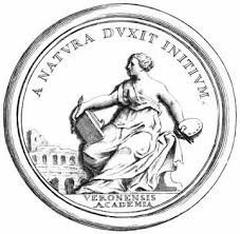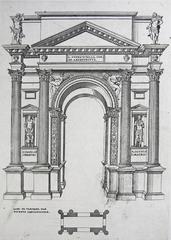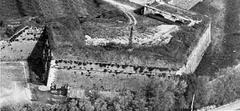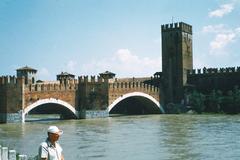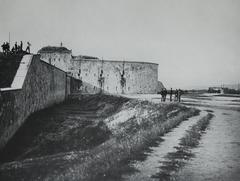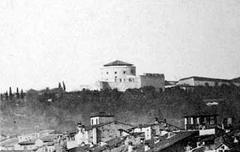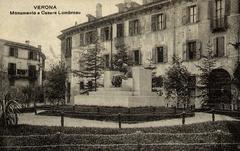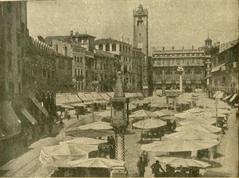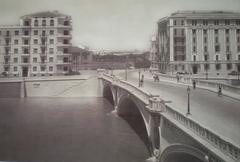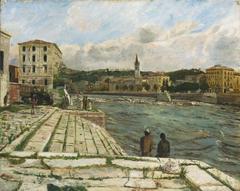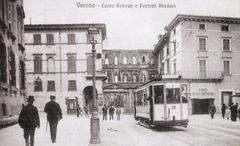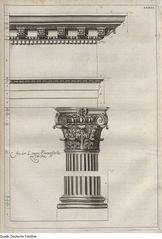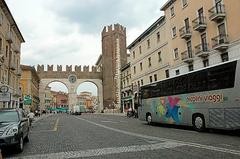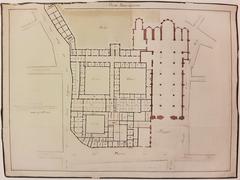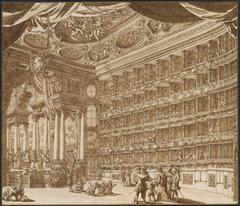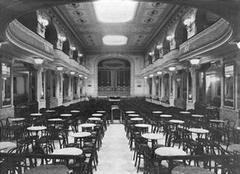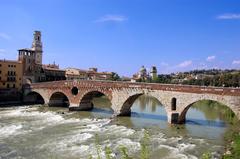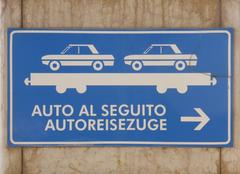Postumio Bridge Visiting Hours, Tickets, and Verona Historical Sites Guide
Date: 04/07/2025
Introduction
Verona, renowned for its layered Roman history, is home to many ancient wonders—among them, the Postumio Bridge (Ponte Postumio) stands out as a testament to the city’s past. Built in the 1st century BCE, this monumental Roman bridge once played a central role in connecting Verona via the Adige River along the Via Postumia, a major consular road linking Genoa and Aquileia. Although the bridge itself no longer stands, its archaeological remnants and commemorative markers near Lungadige Re Teodorico and Piazza Santa Anastasia invite visitors to explore Verona’s ancient urban fabric. This guide offers a comprehensive overview of the Postumio Bridge: its origins, historical context, strategic importance, decline, rediscovery, and practical information for today’s visitors. For an immersive experience, visitors are encouraged to join guided tours and use digital resources like the Audiala app, which offers insights into Verona’s Roman monuments and evolution (Verona Tourism, ItalyScapes, Comune di Verona).
Contents
- Roman Origins and Urban Planning
- Architectural Features and Construction
- Strategic and Economic Significance
- Decline and Rediscovery
- Visiting the Ponte Postumio Today
- Location and Access
- What to See
- Nearby Attractions
- Guided Tours and Tips
- Accessibility
- Frequently Asked Questions (FAQ)
- Visuals and Media
- Additional Resources and Links
- Conclusion
- Call to Action
Roman Origins and Urban Planning
The Ponte Postumio was constructed during the Roman colonization of Verona, around the mid-1st century BCE. Its alignment with the decumanus maximus—the city’s main east-west street—made it a vital crossing on the Via Postumia, a road crucial for connecting Genoa to Aquileia. This strategic placement established Verona as a key hub for trade, military operations, and administration in northern Italy.
Architectural Features and Construction
Although only fragments remain, archaeological evidence reveals the bridge’s robust stone piers and arches, designed to withstand the Adige’s floods. Large marble blocks, unearthed in the 19th century, attest to its monumental scale and illustrate the advanced engineering of Roman builders. The bridge likely featured a stone-paved deck to accommodate carts, pedestrians, and animals traveling along the busy consular road (italyscapes.com).
Strategic and Economic Significance
By linking the city center to the eastern bank, Ponte Postumio enabled the movement of goods, people, and troops, fueling Verona’s economic growth and social vibrancy. The bridge also provided direct access to significant landmarks, including the Roman Theatre and hilltop settlements.
Decline and Rediscovery
The bridge’s decline began in the early Middle Ages, largely due to repeated flooding, material fatigue, and neglect as urban priorities shifted. By the 10th century, it was referred to as “Fractus” (broken), indicating serious damage (iclugagnano.org). Unlike the nearby Ponte Pietra, Ponte Postumio was never rebuilt and gradually disappeared from use and memory. Its remains resurfaced in the late 19th century, when embankment works along the Adige River led to the rediscovery of its marble fragments and foundations.
Visiting the Ponte Postumio Today
Location and Access
The site of the former Ponte Postumio is near Lungadige Re Teodorico and close to the modern Ponte Aleardi. It is publicly accessible year-round, with no admission fee required.
What to See
Visitors can observe marble fragments of the bridge in the riverbed during periods of low water. A commemorative plaque on the riverbank provides historical context. The site offers scenic views of the Adige River and proximity to other Roman landmarks.
Nearby Attractions
- Basilica of Saint Anastasia: Located at the bridge’s former eastern terminus, this Gothic church is notable for its architecture and art (chieseverona.it).
- Ponte Pietra: Verona’s best-preserved Roman bridge.
- Arena di Verona: The city’s iconic Roman amphitheater.
- Roman Theatre: A must-visit for ancient history enthusiasts.
Guided Tours and Tips
Several local tour operators offer walking tours focused on Verona’s Roman heritage, including the Postumio Bridge site. Guided tours usually last 1.5 to 2 hours and can be reserved online or at the Verona Tourist Office (thetravelfolk.com). The best time to visit is late spring to early autumn, when river levels are lower and remnants are more visible.
Accessibility
The site is accessible on foot and via public transportation. Riverbank paths are generally accessible, but some areas have cobblestones or uneven terrain—visitors with mobility concerns should review local accessibility information.
Frequently Asked Questions (FAQ)
Q: Can I visit the Ponte Postumio site today?
A: Yes, the site is open to the public, free of charge.
Q: What remains of the bridge can I see?
A: Marble fragments in the riverbed (visible at low water) and a commemorative plaque.
Q: Are guided tours available?
A: Yes, local operators offer tours focused on Verona’s Roman sites, including the Ponte Postumio.
Q: Is the site wheelchair accessible?
A: The area near the plaque is accessible, but riverbank paths may be uneven.
Q: Are there visitor centers or facilities at the site?
A: No, but Verona’s historic center nearby offers amenities and information.
Visuals and Media
- Maps and virtual tours of Verona’s Roman sites are available on official tourism websites.
- High-quality images of the Postumio Bridge’s archaeological remnants can be found with alt tags such as “Ponte Postumio Verona Roman bridge ruins.”
- For an interactive experience, use the Audiala app for virtual tours (Audiala).
Additional Resources and Links
- Official Verona Tourism Website
- Verona Roman Heritage Guide
- Ponte Pietra Information
- Comune di Verona
- Postumio Bridge History
- Castelvecchio Museum
- Audiala Guided Tours
- The Travel Folk
Conclusion
Though the physical structure of the Postumio Bridge has not survived, its historical imprint remains deeply embedded in Verona’s urban landscape. Visiting the site offers a unique window into Roman engineering, urban planning, and the city’s evolution across millennia. With free access and proximity to other significant Roman monuments, the Ponte Postumio site is a must-see for those wishing to connect with Verona’s ancient heritage.
Call to Action
Enrich your Verona experience—download the Audiala app for guided audio tours, plan your visit to the Postumio Bridge and nearby Roman sites, and follow Verona’s official tourism channels for updates on events and discoveries.
Summary and Final Tips
The Postumio Bridge site, while no longer standing as a crossing, is a powerful symbol of Verona’s resilience and Roman legacy. Its remnants and commemorative markers, set against the backdrop of nearby landmarks like the Basilica of Saint Anastasia, the Roman Theatre, and Ponte Pietra, offer visitors a tangible link to the past. Take advantage of guided tours, digital resources, and conservation initiatives to deepen your appreciation of Verona’s ancient charm and the enduring influence of Roman infrastructure on the city’s identity (Verona Experience, The Travel Folk, Audiala).
Reliable Sources and Further Reading
- Verona Tourism
- ItalyScapes
- Comune di Verona
- iclugagnano.org – Postumio Bridge History
- Visit Verona
- The Travel Folk
- Audiala Guided Tours
